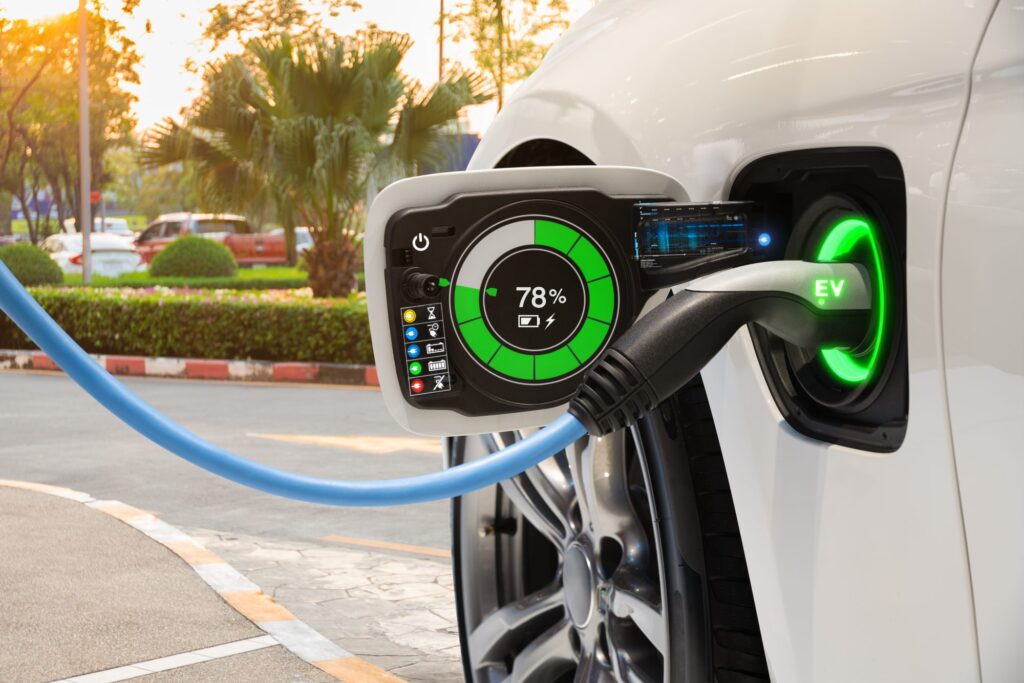Geotab, a global leader in connected transportation solutions, has today unveiled new analysis examining progress amongst local authorities in Ireland making the transition to Electric Vehicles (EVs), with Wexford County Council placing seventh on the list, with 5% of its fleet (14 EVs) electrified to date. Despite the Irish government’s ambition of having 945,000 EVs on the road by 2030, the analysis finds an alarming lack of investment by local authorities. Wexford placed third for telematics adoption with 288 council vehicles with devices on board.
Eighteen of the 21 local authorities that responded had electrified less than 10% of their fleet. Despite the low EV take-up, there are some exceptions, with Fingal County Council leading the way with 32% (60 EVs) of its fleet currently electrified and having had a policy of only purchasing EVs since 2018. The only other two local authorities that reported 10% or higher electrification amongst their fleets were Dún Laoghaire-Rathdown County Council (22% – 46 EVs) and Galway City Council (21% – 20 EVs.)
In contrast, Longford County Council, Carlow County Council and Limerick City & County Council have no EVs in their fleet. Twelve other local authorities had five EVs or less as part of their fleet of vehicles. Despite the low EV takeup identified by the Geotab analysis, the transition has clearly begun, with the majority of the local authorities that responded as part of the study reporting at least one EV in their fleet.
Despite the Public Sector Climate Action Mandate recently coming into effect, which will see relevant bodies required to only procure zero-emission vehicles wherever possible, it does not apply to local authorities. This will put the majority of local authorities at a disadvantage when they eventually begin to ramp up their investment due to limited availability of EVs as a result of heightened demand.
The local authority electrification figures stand in contrast to the Government’s ambition of increasing the proportion of EVs in the national car fleet to 30% and having 945,000 EVs on the road by 2030. With the transport sector currently accounting for 18% of Ireland’s carbon emissions, the Government’s own goals are to reduce the sector’s emissions by 50% by 2030 under sectoral emission targets as part of Ireland’s Climate Action Plan.
On a positive note, the analysis also revealed widespread usage of telematics in local authority fleets which have the capacity to help reduce the carbon footprint of vehicles. Dublin City Council is leading the way with 550 vehicles using telematics, with Cork County Council following shortly behind with 516 vehicles adopting the technology and Wexford County Council in third place with 288 vehicles with devices on board.
Commenting on the analysis, David Savage, Vice President Ireland & UK at Geotab, said: “Our analysis demonstrates a worrying lack of investment by local authorities across Ireland ahead of the switch to electric at the end of this decade. In total, 18% of Ireland’s emissions are attributed to transport, with the Government aiming to halve this by 2030. Local authorities are in a position to lead by example—but a change of mindset and funding is required to make the transition to EVs.
“Cost or a lack of strategic vision would appear to be the primary factor holding most local authorities back, but Wexford County Council’s adoption highlights that it is possible. Wexford and other councils are beginning to make a long term commitment to sustainable transport and climate action which should be commended, with clear lessons for other councils further behind on their journey to learn from. Local authorities that are apprehensive about the transition should leverage telematics to get the data insights they need to make the best fleet decisions for the future.”
A number of local authorities reported that they are developing decarbonisation pathways for their fleet or that there are procurement tenders due to take place in the near future. Beyond the environmental benefits, local authorities could also benefit from a lower total cost of ownership by switching their fleets to fully electric vehicles.

